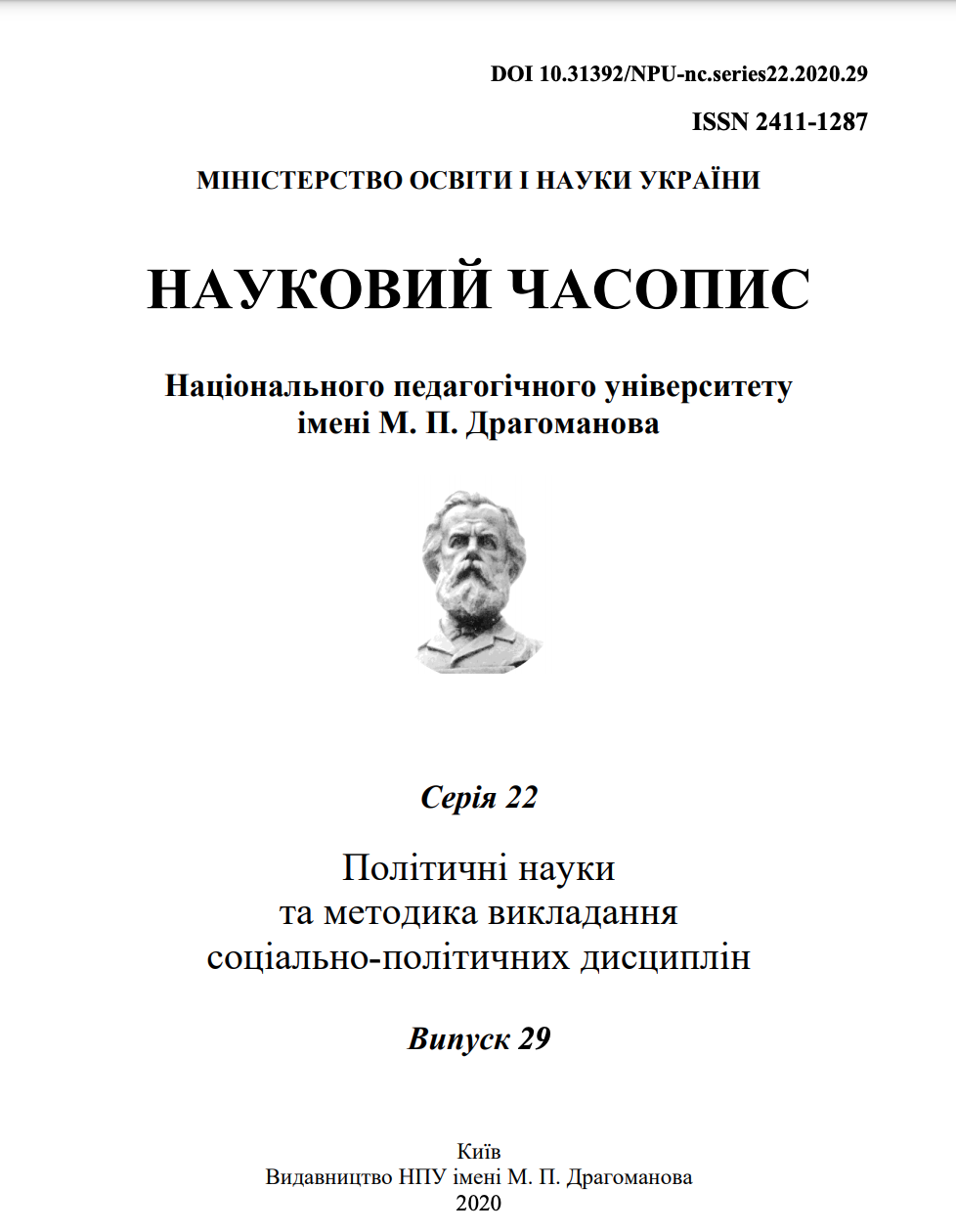Modernization of the North American Free Trade Agreement as an Example of New Model of Regional Integration
DOI:
https://doi.org/10.31392/pnspd.v22i29.1066Keywords:
regional integration, free trade area, national interests, North American Free Trade Agreement, United States-Mexico-Canada Agreement, international peace, direct foreign investments, preferential trade agreement, environmental protection, unilateral approachAbstract
The article presents a systematic overview of economic and socio-political factors that determine the content of the functioning of NAFTA as a comprehensive regional agreement. The relevance of the study of integration issues is explained by the need to implement appropriate public policy to protect national interests. The author aims to examine approaches to choosing the most acceptable model of integration by countries with different potentials and levels of development, which determines the specifics of interaction and ongoing transformations within the FTA. The main goals and objectives relate to the need of analyzing the reasons for the formation, results of activity and content of the reform of NAFTA. Systematic and analytical approaches have been chosen as research methods, which allow to consider the activity of the FTA as a whole and, at the same time, as a large and complex object, which is the result of the coordinated functioning of all its components. It is argued that the creation of the FTA was a response of US political elites to integration processes in other parts of the world, in particular, in Europe and Asia. It is convincingly proved that such important issues of socio-political nature as ensuring equality, environmental protection and strengthening of international peace in the region took a prominent place in the calculations of the founders of the association. The positions of NAFTA members during the negotiations and the main changes in the provisions of the new Agreement are briefly considered. The conclusions concern the asymmetric nature of interaction between the United States, Mexico and Canada, the way in which interstate relations are coordinated, which preclude the existence of supranational governing bodies and the possibility of limiting the state sovereignty of bloc members. It is emphasized that growing social tensions, especially in the United States, will determine the positive dynamics of NAFTA development in the future, combined with the strengthening of unilateral approaches of its members

